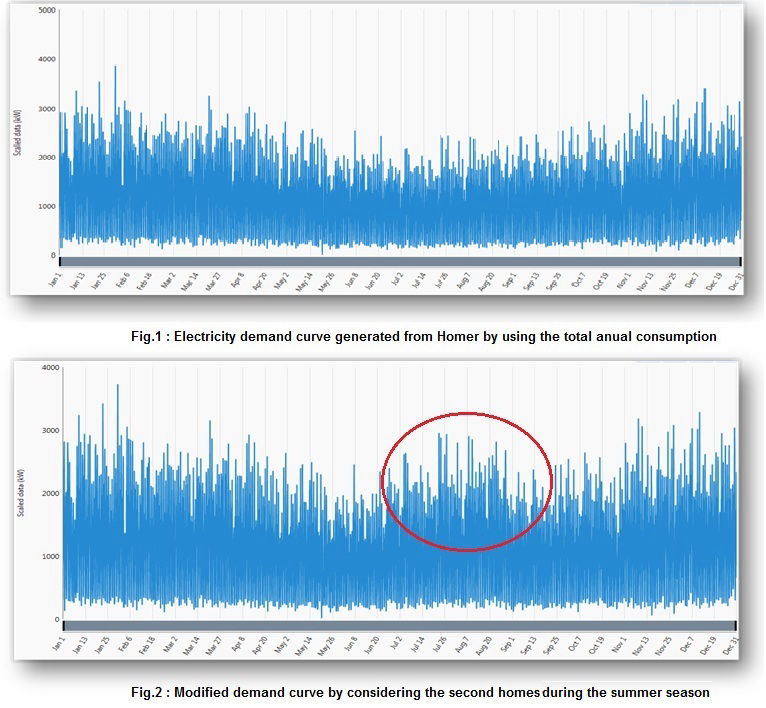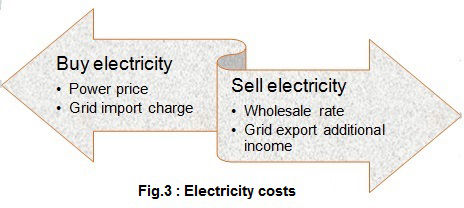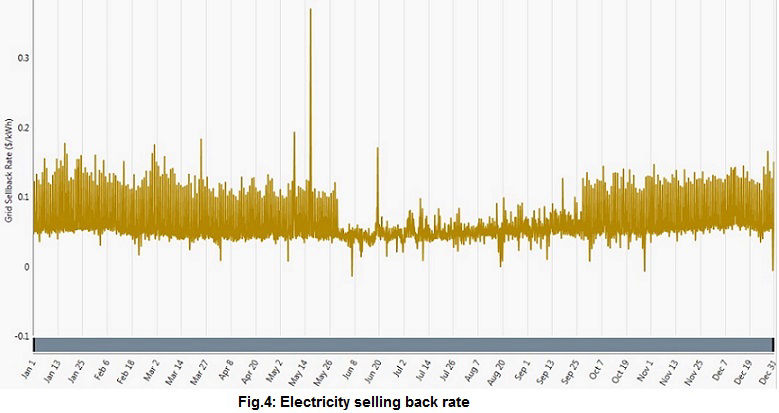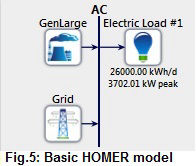Electricity Demand Curve
We have used Homer to generate the yearly demand curve from the annual electricity consumption. In Homer, the demand curve is developed based on the peak month selection. In general, as we know January is the peak month in Scotland, we have selected the same. The resulted curve is shown in figure.1. In summer, it is considered to be a favorite period for tourists to visit their second homes, which account for approximately 30% of overall houses in Cumbrae. For this reason, we are expecting a higher demand during these periods. So, we manually changed the curve during the summer periods and developed the final demand curve shown in figure.2.



